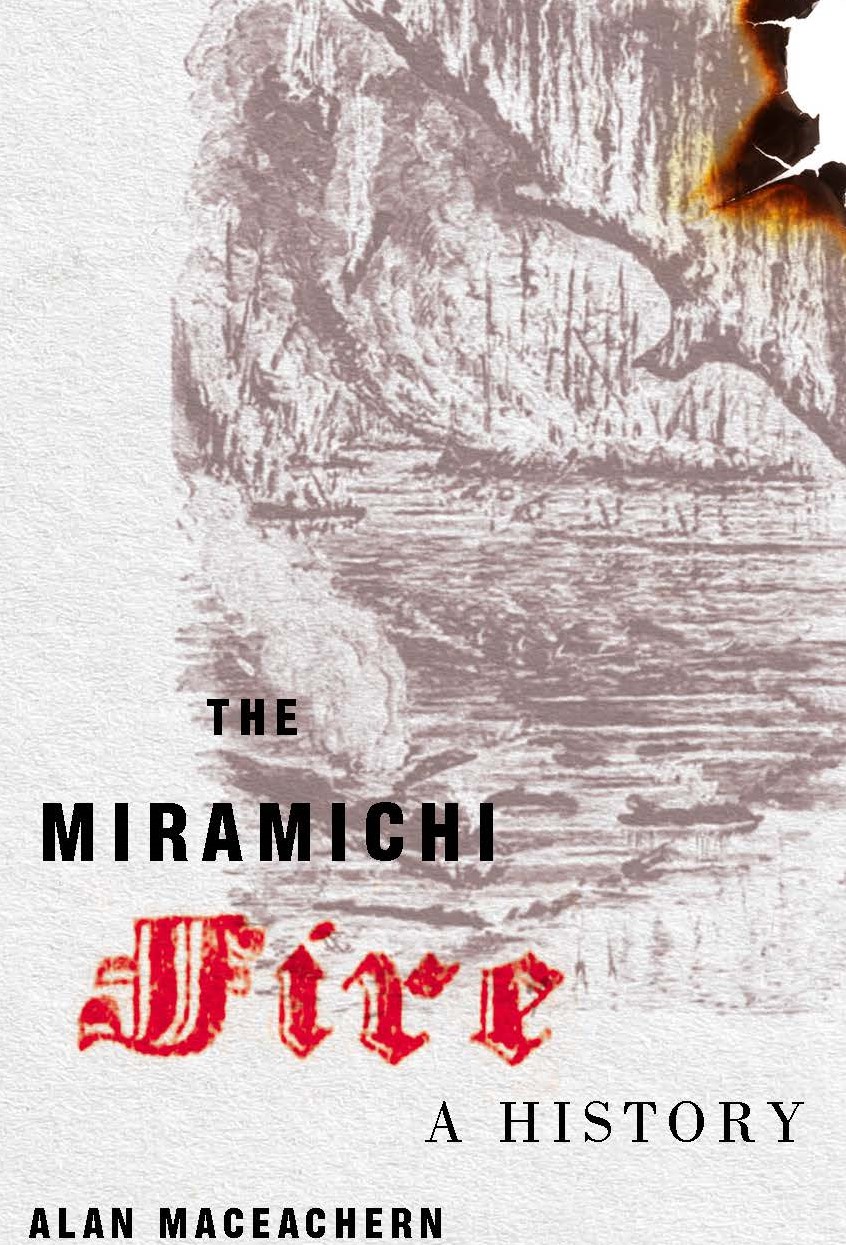“One thing that has been clear is human behaviour hasn’t changed. We tend to think that the last fire was an anomaly, think of it as unfortunate, and don’t plan for the next one.”- Alan MacEachern
One of Canada’s most eminent environmental historians is coming to Jasper to share lessons of wildfires past.
On Saturday, May 17, Alan MacEachern, a professor of history from Western University, will present From Miramichi to Jasper: What Two Centuries of Wildfire Have—and Haven’t—Taught Us at the Jasper Yellowhead Museum and Archives.
MacEachern will be in Jasper as part of a wider environmental history workshop, called Reading Lands and Fields, organized by Liza Piper and Zac Robinson from the University of Alberta.
MacEachern’s talk comprises the public-facing portion of the 3-day workshop, and will focus on the 1825 New Brunswick fire—one of the largest in North American recorded history and the first wildfire to enter the settler imagination.
Ironically, one of the biggest natural disasters in the 19th Century nearly disappeared from history altogether; when MacEachern finally wrote about it in his 2020 book, the Miramichi fire hadn’t been written about in more than 100 years.
“The history of forest fires in Canada from around 1825 to the 1980s was consistent: A big fire burns in a peripheral area, it’s named for the community it burned down, and not much else would happen in terms of policy or practices,” MacEacern said. “Then it would happen all over again.”
In the last four decades, that’s changed—in large part because wildfires have changed. Larger, more intense wildfires are burning on the landscape. But MacEachern said there is a danger in lumping in these unprecedented events as part of a “new normal.”
“We went from denying climate change existed to saying there’s nothing we can do about it,” he said.
In that regard, the Maritimer said he hopes to encourage Jasperites to tell their story of wildfire so that they can help inspire other forested communities into taking action.
“You folks have a lot more experience with wildfires than I do, I think it’s important that Jasper be a model and tell its story.”

MacEachern won’t be drawing direct parallels between the 2024 Jasper wildfire and the 1825 Miramichi wildfire—climate conditions are too dissimilar; and humans are living amongst the forest today in ways that weren’t happening in the 19th Century, for example.
But there are still links to be made: both fires culminated with terribly perfect conditions, MacEachern said.
The Miramichi fire was precipitated by a volcano event (the 1815 Tambora eruption ), a significant cooling off period wherein vegetation built up, and local unfamiliarity with wildfires (settlers had only arrived from the UK a decade before to work in the timber colony).
The Jasper fire involved record drought conditions, a century of fire suppression and 100 km/hr winds during a lightning event.
“They were both perfect storms but different storms,” MacEachern said.
MacEachern’s talk, which takes place on May 17 at 7 p.m. at the Jasper Museum, is free and open to the public. Snacks and drinks and a cash bar (with proceeds supporting the museum) will be provided.

Jasper Local readers can get 25% off MacEachern’s book, The Miramichi Fire: A History, with the promo code MQ25.
Bob Covey // bob@thejasperlocal.com


